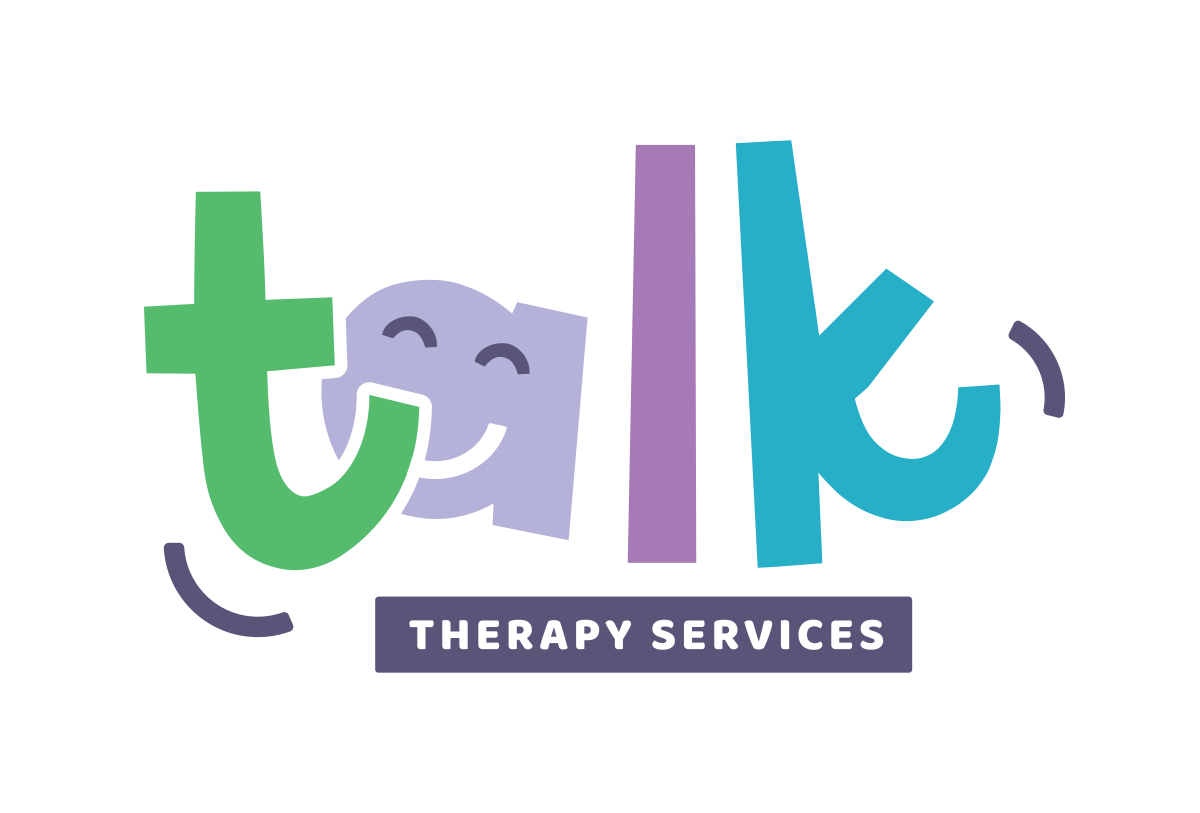Enhancing Communication Skills with the Core Vocabulary Approach in Speech Therapy
In the realm of speech therapy, the Core Vocabulary Approach has emerged as a pivotal strategy for bolstering communication skills among individuals with complex communication needs. This method, distinct in its focus on functional and highly usable words, offers a pragmatic pathway to enhancing verbal expression across a diverse range of speech and language disorders. Let's delve into the essence of the Core Vocabulary Approach, its implementation, and the transformative impact it holds for individuals striving to navigate the complexities of communication.
Understanding the Core Vocabulary Approach
The Core Vocabulary Approach is centered around the concept of equipping individuals with a set of high-frequency, versatile words that are applicable across contexts. Unlike traditional methods that may prioritize phonetic progression or thematic vocabulary, this approach emphasizes words that serve as the bedrock of everyday communication. The core vocabulary consists of words that are not only common but also powerful in their ability to express a wide array of needs, ideas, and emotions, making them invaluable tools for those with speech and language difficulties.
The Rationale Behind Core Vocabulary
The strength of the Core Vocabulary Approach lies in its utility and efficiency. By focusing on a relatively small set of words that make up a large proportion of everyday speech, individuals can quickly begin to communicate more effectively and with greater independence. This method is particularly beneficial for:
- Individuals with developmental delays or disorders affecting language acquisition.
- Those using augmentative and alternative communication (AAC) systems.
- Children and adults with minimal verbal output or limited speech intelligibility.
Implementing the Core Vocabulary Approach
Selection of Core Words: The process begins with the careful selection of core words, tailored to the individual's communication needs, environment, and personal interests. This ensures the vocabulary is both relevant and engaging.
Integrative Learning: Core vocabulary words are introduced and practiced through a variety of activities and modalities, ensuring that learning is dynamic and embedded in real-life contexts.
Consistent Reinforcement: Consistency is key. The same core words are reinforced across different settings and communication partners, facilitating familiarity and ease of use.
Expansion and Customization: As individuals gain proficiency, the core vocabulary is systematically expanded to include more specific or situational words, continuously adapting to their evolving communication needs.
The Impact of the Core Vocabulary Approach
The adoption of the Core Vocabulary Approach in speech therapy has led to notable advancements in communicative competence for many individuals. Key outcomes include:
- Enhanced Communication Efficiency: Individuals can convey a broader range of messages with a limited number of words, reducing frustration and increasing participation in social interactions.
- Greater Independence: With mastery over core words, individuals gain the confidence to initiate and sustain communication, fostering independence.
- Improved Learning and Literacy Skills: Exposure to and use of core vocabulary supports the development of reading and writing skills, as these high-frequency words are also common in text.
The Core Vocabulary Approach stands as a testament to the power of functional and focused speech therapy. By honing in on the words that matter most in daily communication, speech-language pathologists can offer individuals a solid foundation upon which to build complex language skills. This approach not only enhances immediate communicative abilities but also lays the groundwork for lifelong language development. As we continue to explore and implement evidence-based strategies in speech therapy, the Core Vocabulary Approach remains a beacon of practicality and empowerment for individuals navigating the journey to effective communication.

